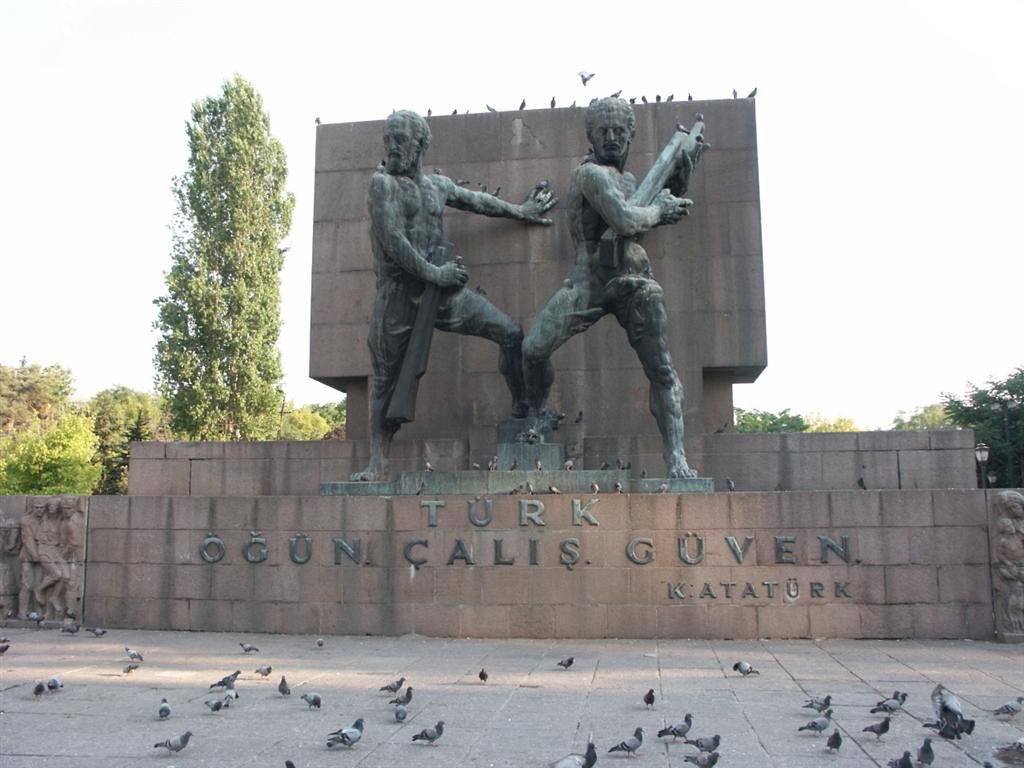One of his biggest wishes was to make statues of musicians: Who is Anton Hanak?
His inability to start the construction of the Gustav Mahler monument, which he had been working on since 1926, and the threats he received from the Nazis because Gustav Mahler was Jewish, drove him into a nervous breakdown. As a result of a nervous breakdown in 1932, he was hospitalized for 6 weeks.

He was among the best-known sculptors in Austria-Hungary in the early 20th century.
Born on March 22, 1875, in Brünn (formerly: Austria-Hungary), Anton Alois Hanak studied wood sculpting in Vienna between 1889 and 1893 and then worked in Germany, Böhmen (now Czech Republic), Slovakia, and Hungary until 1898. was also found.
During these travel years, he began to take his first lessons in sculpture. Following this field of interest, he started his higher education at the Vienna Academy of Fine Arts under Prof. Dr. Edmund Hellmer in the same year. He opened his first exhibition at the Wiener Secession in 1905. Membership here (until 1910) also meant regular participation in exhibitions. In 1908, he became a lecturer at the Vienna School of Applied Art, a position he held until 1913 when he took over a chair in monumental sculpture.
Anton Hanak (22 March 1875, Brünn – 7 January 1934, Vienna) was an Austrian sculptor and art Professor. His works tend to have a visionary-symbolic character, related to Expressionism.
In the years before World War I, Anton Hanak worked several times with architect Josef Hoffman and painter Gustav Klimt.
Anton Hanak worked mainly on projects supported by the Austrian Social Democratic Party in the post-World War I period. Since 1910, he made sculptures in buildings distributed related to the party and in projects of the Vienna municipality under the control of social democrats.
One of Anton Hanak's biggest wishes was to make statues of musicians. His inability to start the construction of the Gustav Mahler monument, which he had been working on since 1926, and the threats he received from the Nazis because Gustav Mahler was Jewish, drove him into a nervous breakdown. As a result of a nervous breakdown in 1932, he was hospitalized for 6 weeks. He had to cancel this work in 1933. In the same year, he had to deliver the Vilhelm Richard Wagner monument, which he had been working on since 1927.
He resigned from his official duties in the 1923–24 academic year due to personal disagreements. Anton Hanak created a number of works during this period, while his health gradually deteriorated. While he was taking up a regular Sculpture Chair at the Vienna Academy of Fine Arts in 1932, he was also working with Clemens Holzmeister on the Trust Monument in Ankara.
Anton Hanak died of a heart attack on January 7, 1934, while working on this monument.
Austrian architect Clemens Holzmeister, who planned the residences and their surroundings during the founding period of the Republic of Turkey, proposed a park and monument on one side of the square, which we know today as Kızılay Square, where the public could rest. With this suggestion, the construction of Güvenpark and its monument started. Clemens Holzmeister suggested his citizen and friend Anton Hanak as the person who could build this monument, and this suggestion was accepted.
